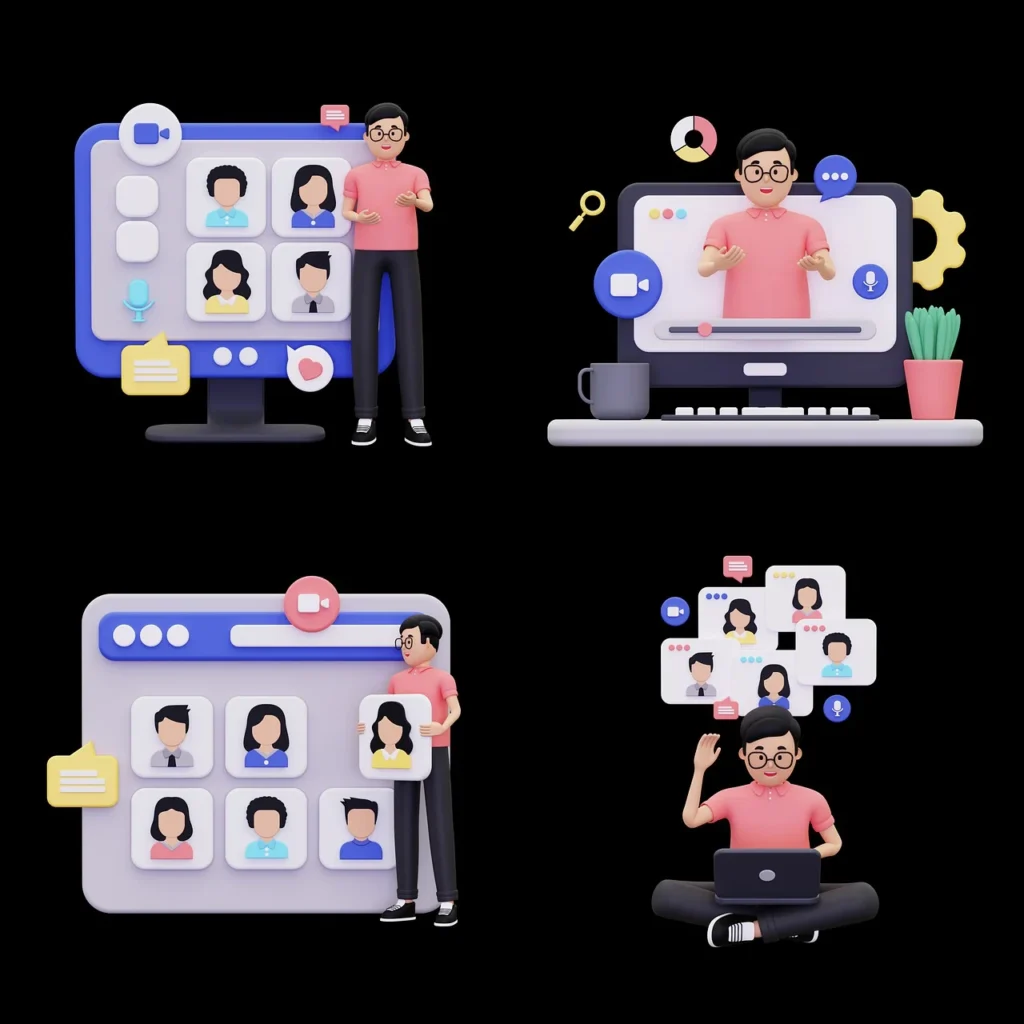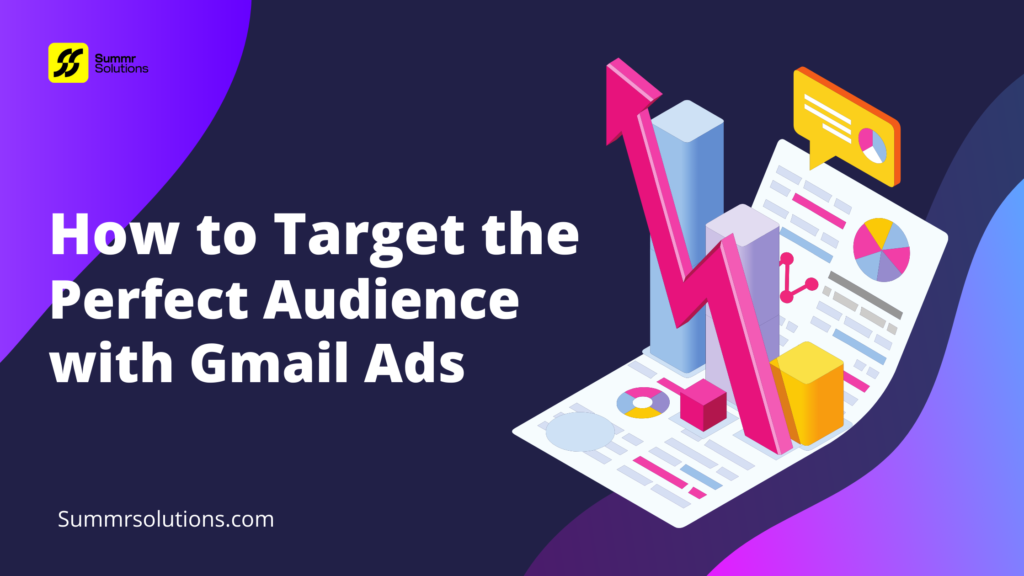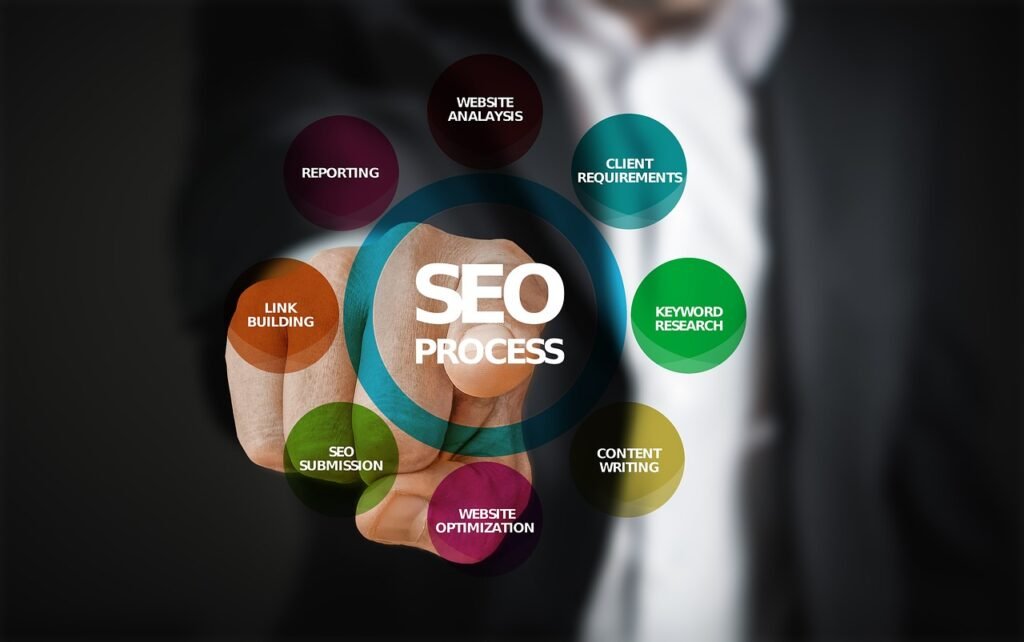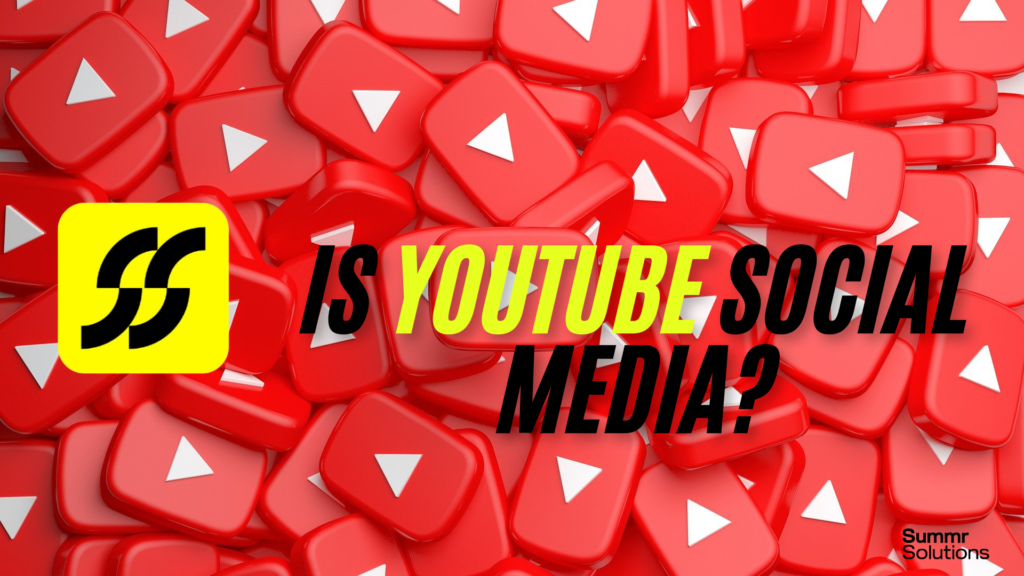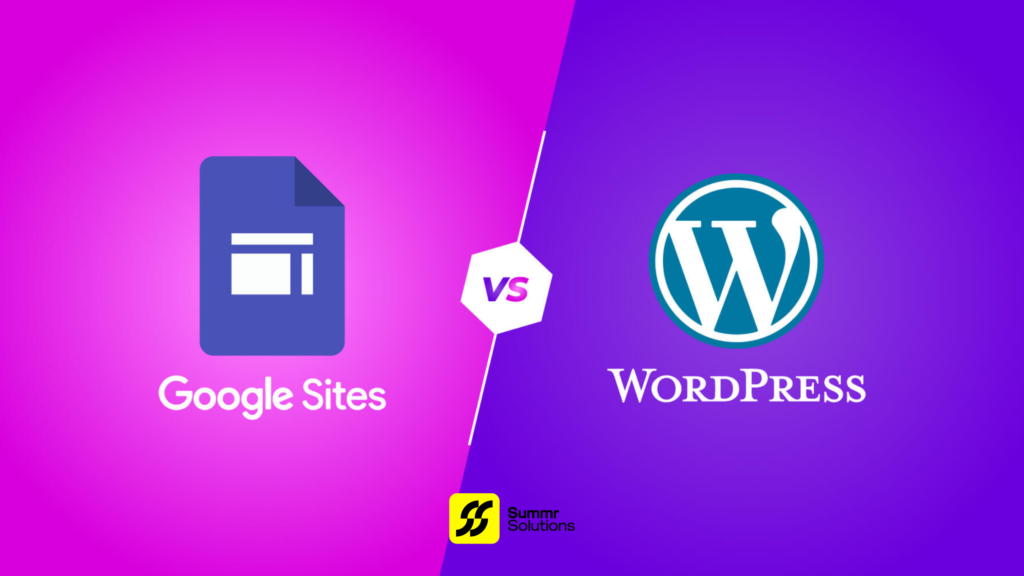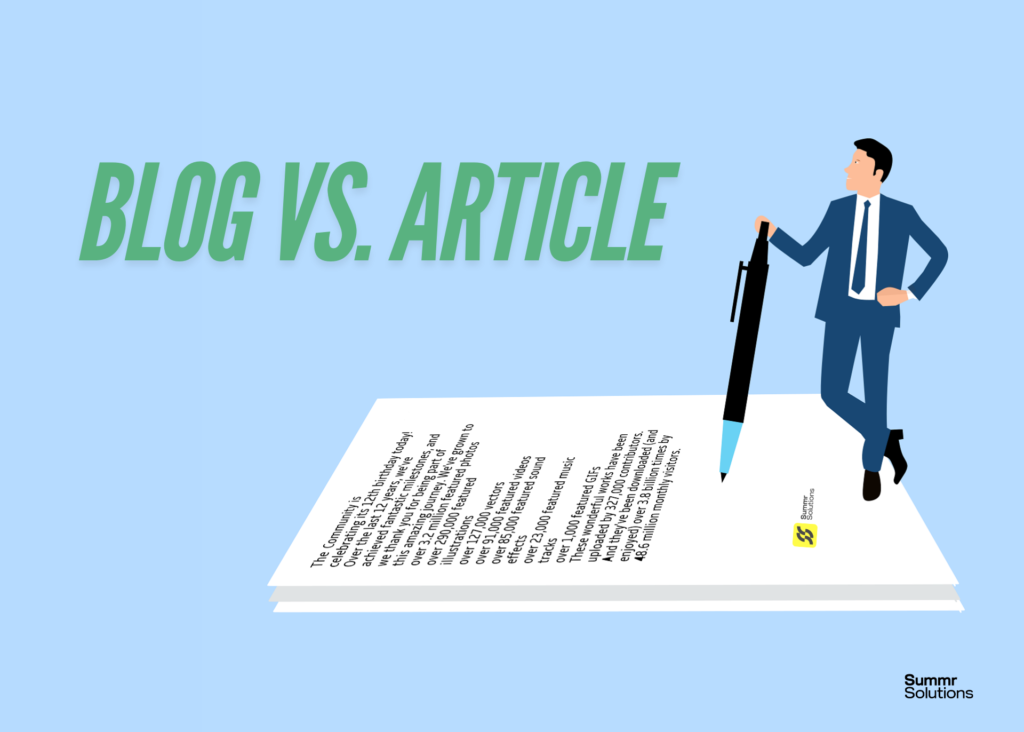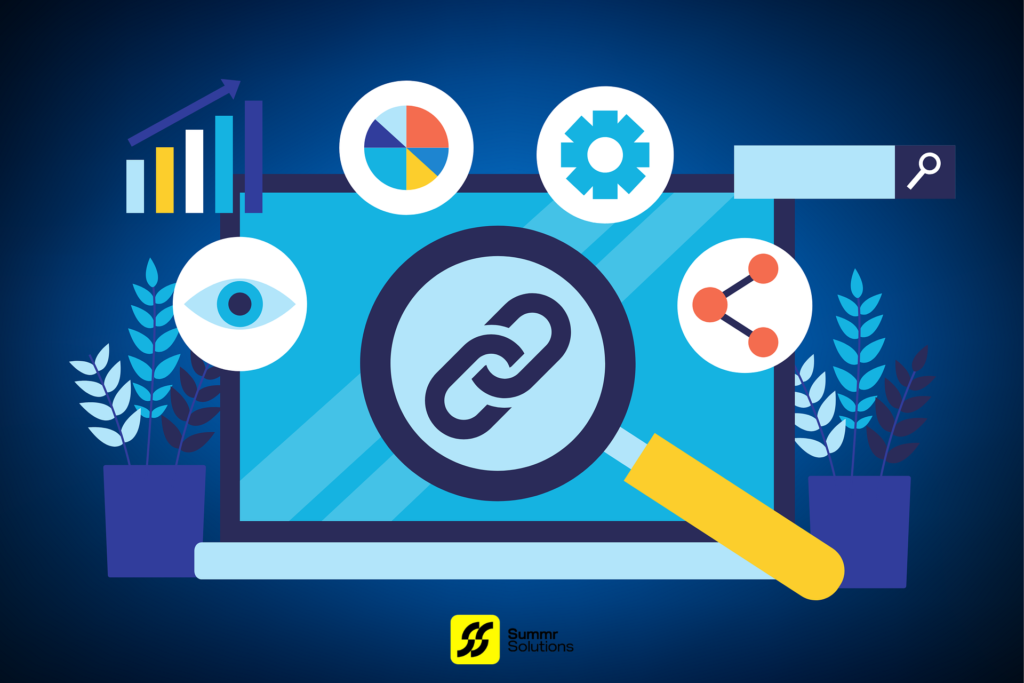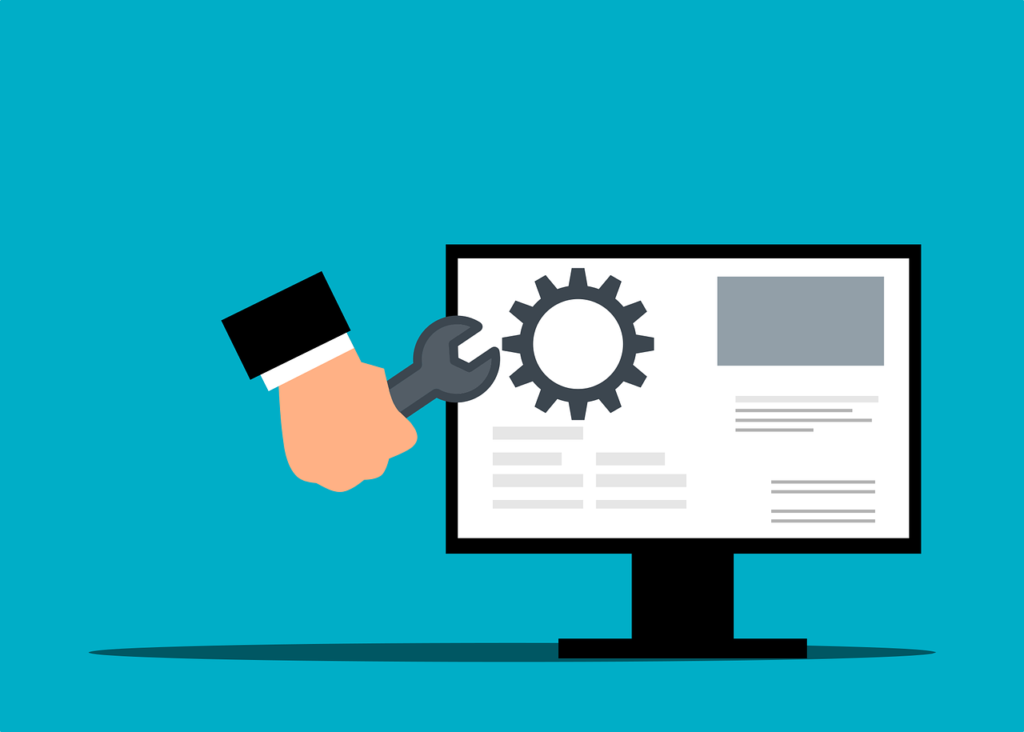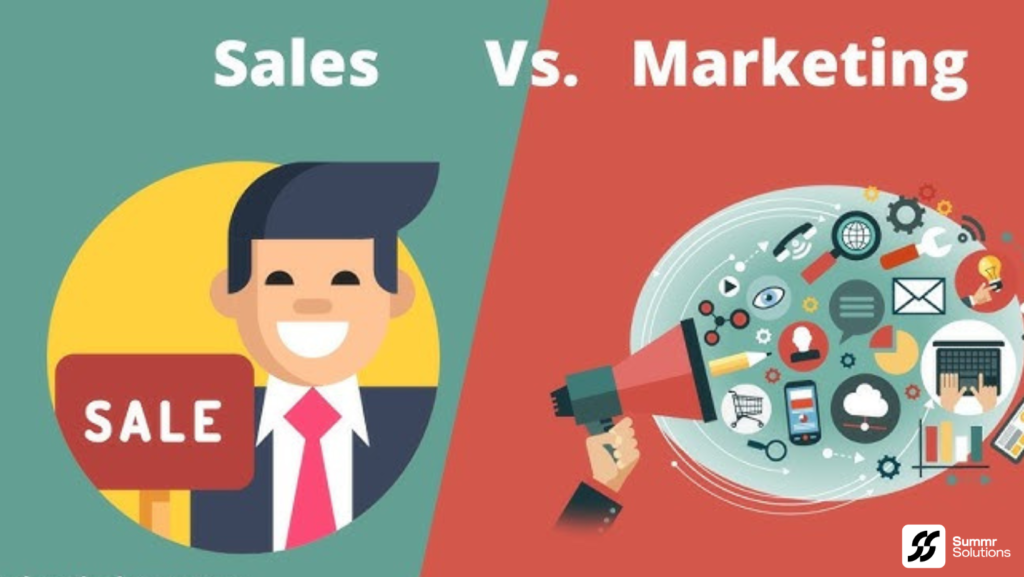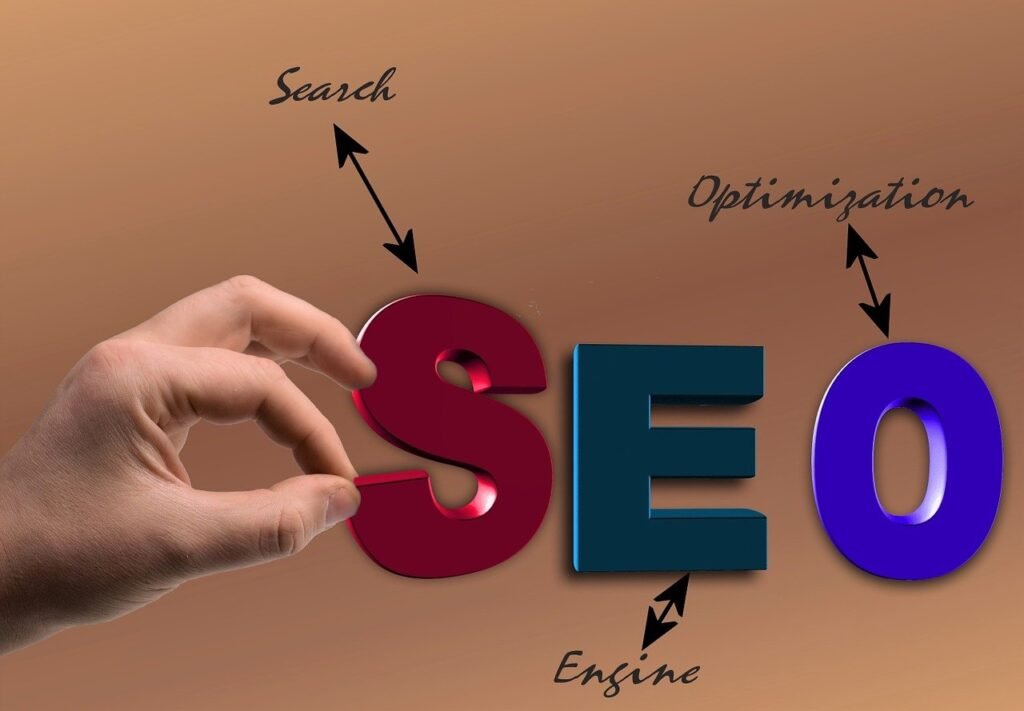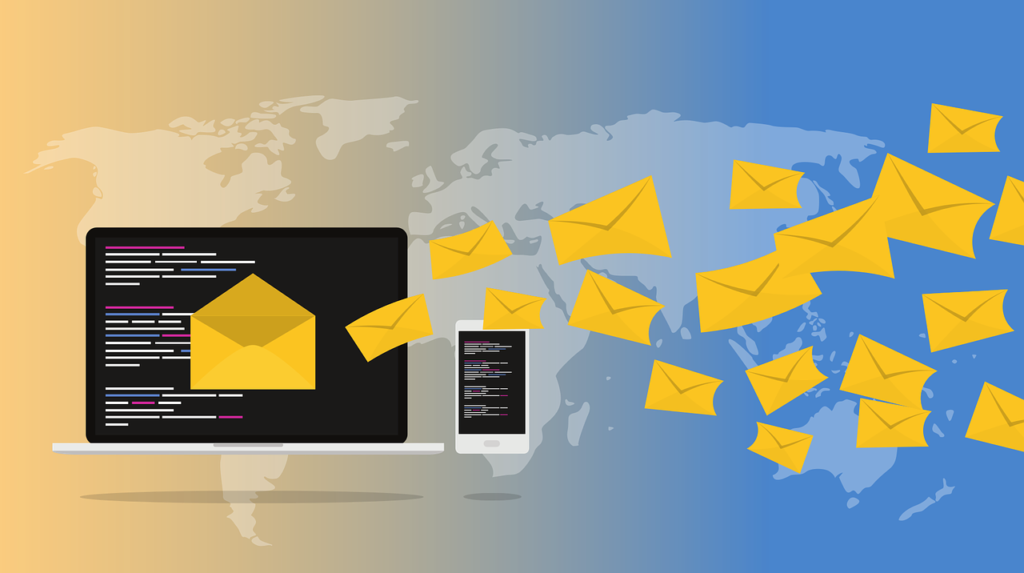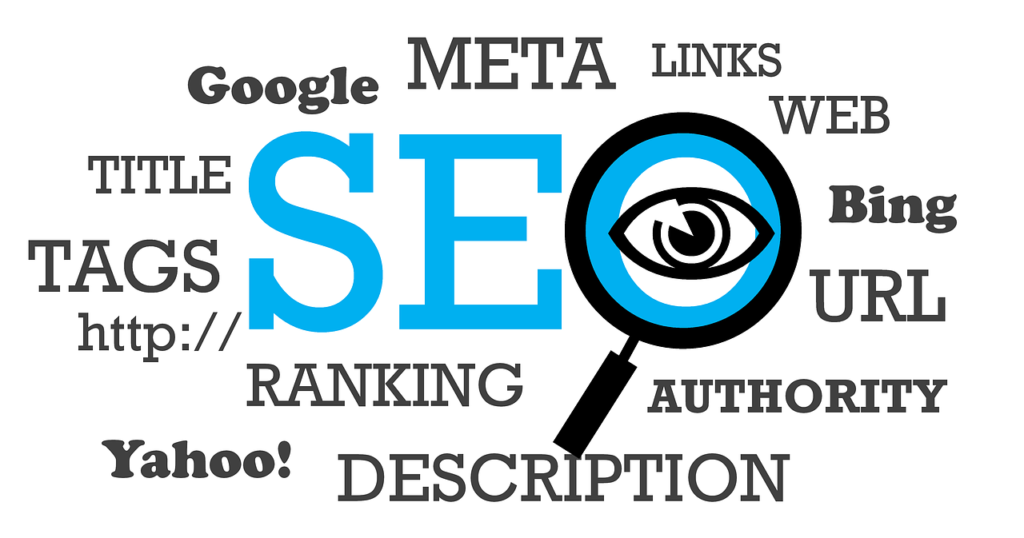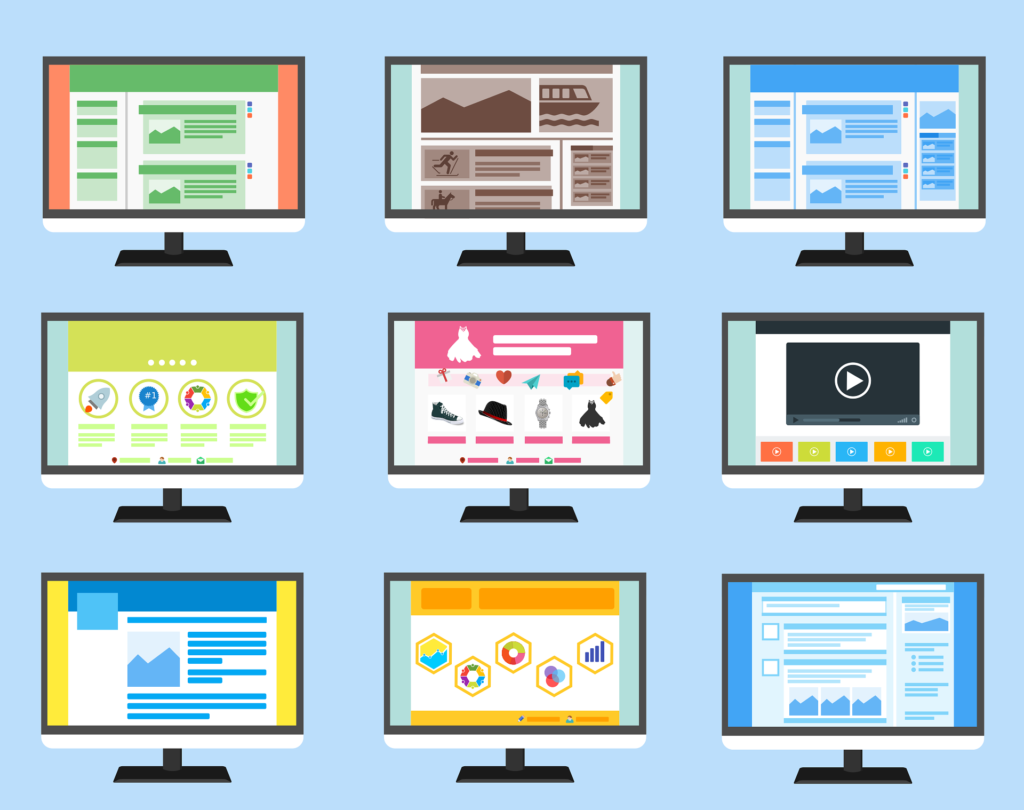Artificial intelligence continues to evolve at an astounding rate, and OpenAI’s ChatGPT has become a cornerstone in the world of conversational AI. From everyday users to businesses and developers, ChatGPT serves as a powerful tool for generating text, answering questions, and enhancing productivity. But with its growing popularity and advancing capabilities, speculation has emerged around the potential increase in its pricing structure. Some analysts predict that the price of using ChatGPT Price could rise to $44 per month by 2029.
So, what does this mean for current and future users of ChatGPT, and why might such a price hike be on the horizon? Let’s dive into the possible factors influencing this change and its implications.
1. Growing Demand for AI Tools
One of the main factors driving a potential price increase is the skyrocketing demand for AI services. ChatGPT’s ability to assist in a wide range of tasks—from writing to coding, customer service to education—makes it a valuable resource for various industries. As more businesses integrate AI solutions into their operations, the demand for platforms like ChatGPT will likely continue to grow.
However, meeting this demand comes with increased infrastructure and development costs. As OpenAI continues to scale its operations to serve millions of users worldwide, it’s reasonable to expect that the pricing will adjust accordingly to reflect these costs.
2. Continuous Improvements and Features
As AI technology evolves, so do the expectations from users. OpenAI has consistently improved ChatGPT’s functionality, rolling out new features like image and code generation, expanded memory, and access to more real-time data. These innovations come at a cost, both in terms of research and ongoing development.
By 2029, ChatGPT could include even more sophisticated capabilities—such as deeper integration with other AI tools, improved natural language processing, and advanced customization for individual users. These upgrades, while immensely beneficial, could justify a higher price point to keep up with the pace of technological advancement.
3. Ethical and Regulatory Considerations
Another factor that could influence a price increase is the growing emphasis on ethical AI. As governments and regulatory bodies worldwide begin to impose stricter rules on AI usage, OpenAI might have to invest more heavily in ensuring compliance with these regulations. This could involve implementing stronger data privacy measures, reducing algorithmic bias, and ensuring that AI systems are used ethically and transparently.
Such compliance comes with significant overhead costs, which may be passed on to the end-users in the form of higher subscription fees. As OpenAI positions itself as a responsible leader in AI, the price may rise to reflect the costs of adhering to new standards and maintaining ethical AI practices.
4. Competition in the AI Market
With numerous companies diving into the AI space, competition is heating up. Google’s Bard, Anthropic’s Claude, Microsoft’s AI tools, and other emerging technologies are all vying for market share. This competition pushes innovation forward, but it also means that companies like OpenAI must differentiate themselves through quality and performance, which often requires substantial investments in research, infrastructure, and talent.
As the competition intensifies, OpenAI may aim to retain its leadership by offering a premium service, which could come with a premium price. A $44 monthly subscription could signal that ChatGPT remains the gold standard in AI conversational tools, with exclusive features and industry-leading performance.
5. Sustainability of AI Models
Large-scale AI models like GPT-4, and future iterations, require significant computational power and energy to run effectively. The resources needed to maintain and expand these models are vast, both in terms of hardware and software.
By 2029, OpenAI may need to raise prices to cover the increased costs of sustaining such advanced systems. The company could also be investing in more eco-friendly technology or offsetting its energy consumption with sustainability initiatives, both of which could impact the pricing structure.
What Could $44 Per Month Mean for Users?
A price increase to $44 per month would likely impact different users in varying ways:
- For Casual Users: A higher price tag might deter casual users who only need ChatGPT occasionally. OpenAI could counter this by offering tiered pricing or a pay-per-use model for infrequent users.
- For Businesses and Power Users: For businesses, developers, and users who heavily rely on ChatGPT for daily operations, the price increase might be seen as a necessary investment for continued access to cutting-edge AI. These users could benefit from the enhanced capabilities that justify the higher cost.
- For Education and Nonprofits: OpenAI might consider offering discounted rates for educational institutions, students, and nonprofits, ensuring that the benefits of AI are accessible to a wider audience, even with the price hike.
Conclusion
The possibility of OpenAI raising the ChatGPT Price to $44 by 2029 is a reflection of the growing importance of AI in our daily lives and the advancements that are shaping the future of technology. While such a price increase may concern some users, it could also bring about more powerful tools, enhanced ethical standards, and broader functionality, making the service more valuable than ever.
Ultimately, whether or not this prediction holds true, users can expect AI to continue playing a transformative role in both personal and professional spheres, with OpenAI remaining at the forefront of this evolution. As we look toward the future, staying informed about the potential costs and benefits will be key to making the most of this ever-evolving technology.
Latest Post:
Sustainable Web Design: Building a Greener Online Experience
Discover how eco-friendly web design practices can reduce your website’s environmental impact while optimizing performance.








